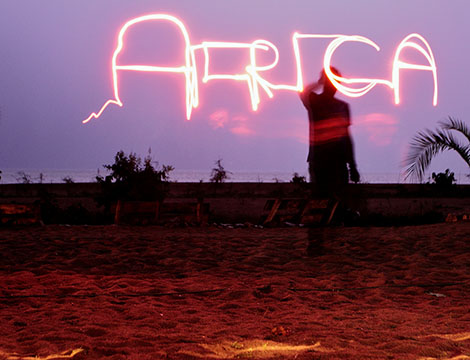
This article was originally published by The Nordic Africa Institute on 31 May 2016.
May 25th is a memorable day for Pan-Africanism. This is the day when, 53 years ago today, representatives of 32 African governments signed a treaty in Addis Ababa to establish the Organisation of African Unity (OAU).
Many meanings and ideas can be projected into Pan-Africanism, and indeed there has been, and will continue to be, a lively debate about the definition of this too often politicized term. However, the merit of such a debate is far less important to the discussion here than the fact that there are dimensions of Pan-Africanism, and also that Pan-Africanism has passed through many phases before its present phase where it is being celebrated as an ideology for African development. This conception of Pan-Africansim seeks and emphasises the unity and solidarity of all Africans for the purpose of African development.
Pan-Africanism gained prominence in Africa, especially in the 1950s, and became a veritable tool for anti-colonial struggles. The influence of Trans-Atlantic Pan-Africanism as a movement of ideas and emotions was remarkable. Much in this regard can be attributed to the efforts of black Pan-Africanists in diaspora. The pursuit of Pan-Africanism as a movement of liberation in the 1950s helped in promoting awareness about the essence of ‘African unity’. For example, there was broad consensus among African leaders on the need to promote the unity of African countries towards the total liberation of Africa. However, the movement towards African unity was evidently characterised by differences among African leaders.
